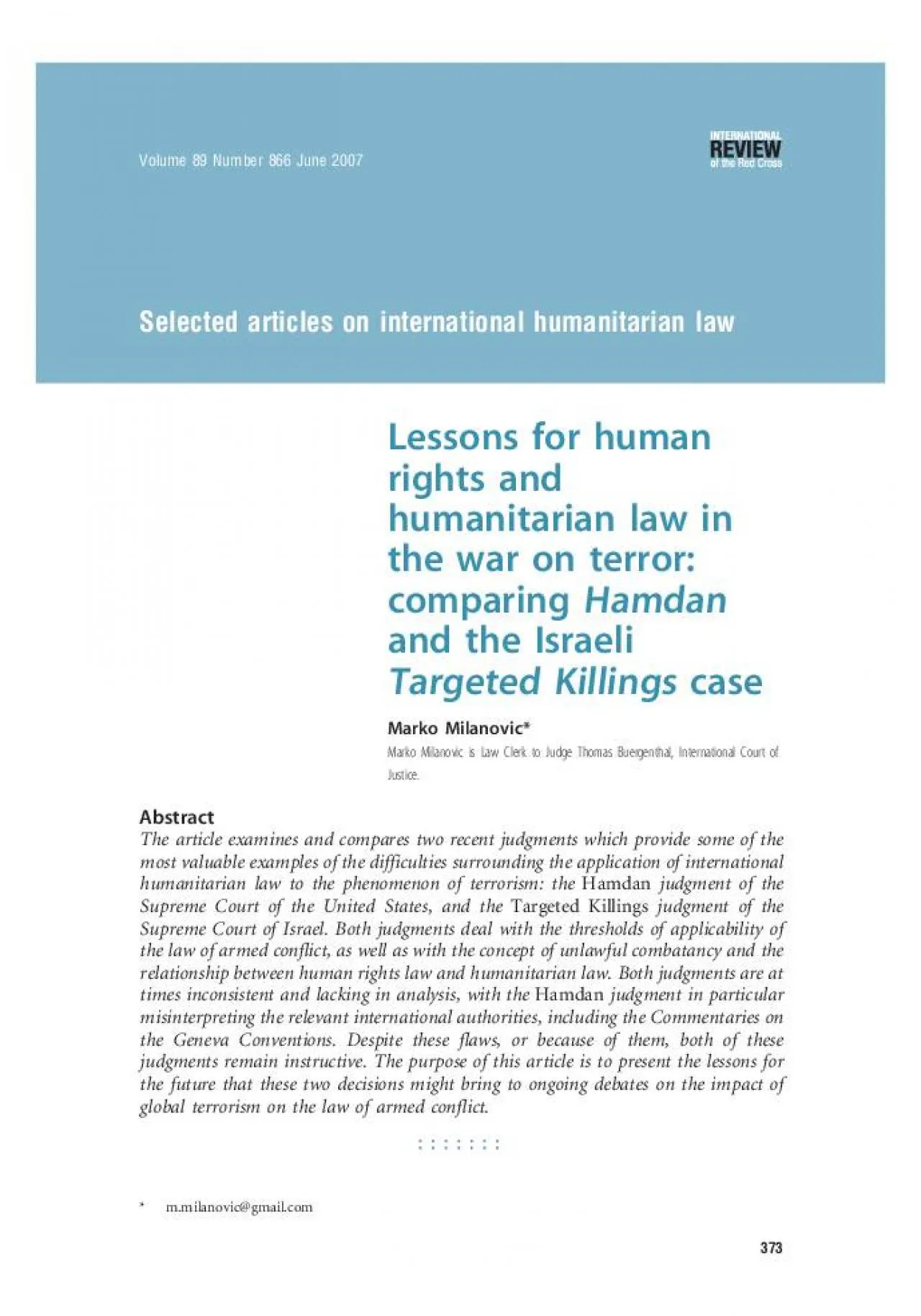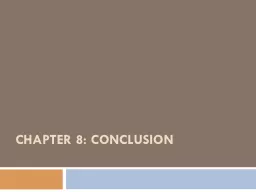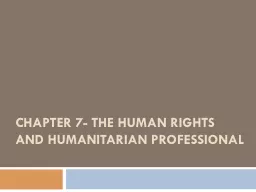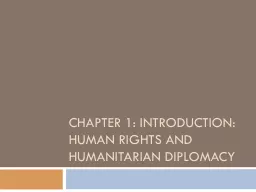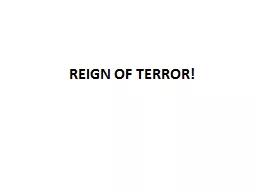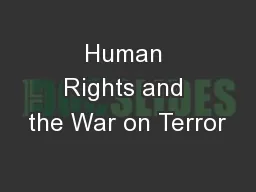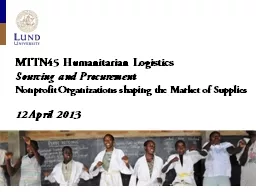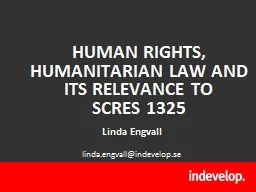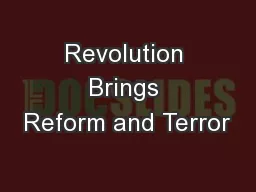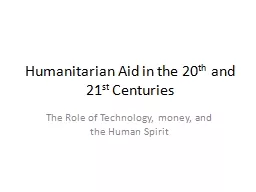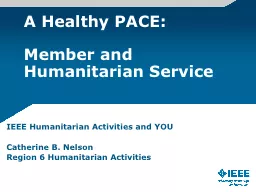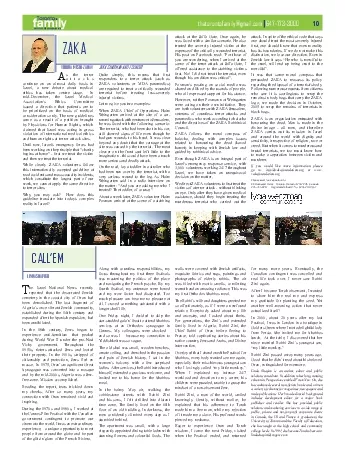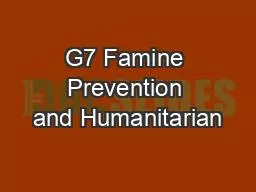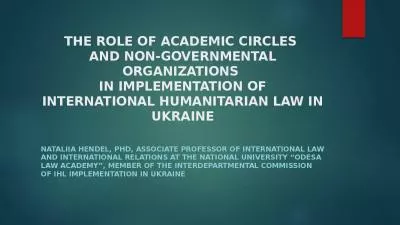PDF-Lessons for human rights and humanitarian law in the war on terror
Author : dstech | Published Date : 2021-12-24
The article examines and compares two recent judgments which provide some of thebrmost valuable examples of the difficulties surrounding the application of internationalbrhumanitarian
Presentation Embed Code
Download Presentation
Download Presentation The PPT/PDF document "Lessons for human rights and humanitaria..." is the property of its rightful owner. Permission is granted to download and print the materials on this website for personal, non-commercial use only, and to display it on your personal computer provided you do not modify the materials and that you retain all copyright notices contained in the materials. By downloading content from our website, you accept the terms of this agreement.
Lessons for human rights and humanitarian law in the war on terror: Transcript
Download Rules Of Document
"Lessons for human rights and humanitarian law in the war on terror"The content belongs to its owner. You may download and print it for personal use, without modification, and keep all copyright notices. By downloading, you agree to these terms.
Related Documents

